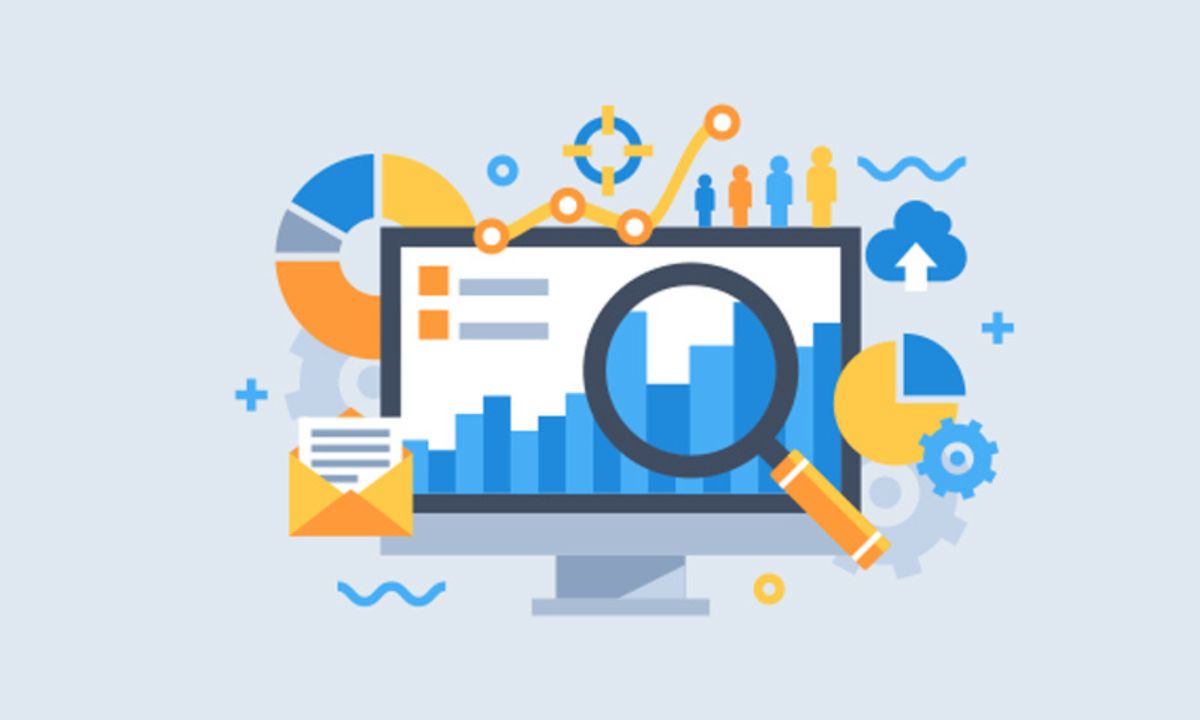Introduction
For small and medium-sized businesses (SMBs), financial management is a cornerstone of success. With the rise of cloud-based solutions, business owners are increasingly faced with a critical decision: should they stick with traditional accounting methods or transition to SaaS-based (Software-as-a-Service) accounting? This choice impacts efficiency, costs, scalability, and overall business growth. Additionally, SMBs leveraging SaaS accounting can streamline processes related to tax compliance, including maximizing the R&D tax credit, which provides valuable incentives for businesses engaged in research and development activities.
In this blog, we’ll dive deep into the key differences between SaaS accounting and traditional accounting, exploring their benefits and drawbacks to determine which is better for SMBs.
Understanding Traditional Accounting
What is Traditional Accounting?
Traditional accounting refers to the conventional way of managing financial records, either through manual bookkeeping or using desktop-based accounting software. Typically, this method involves maintaining financial records on physical books or using accounting software installed on a single or networked computer.
Pros of Traditional Accounting
- Full Control Over Data – Since financial data is stored on local computers or in physical records, businesses have complete control over accessibility and security.
- No Dependency on Internet Connectivity – Unlike cloud-based solutions, traditional accounting does not require an internet connection, ensuring data is always available offline.
- Familiarity – Many businesses and accountants have used traditional accounting systems for decades, making them comfortable with the workflow.
- Customization – Some desktop-based software solutions allow for extensive customization tailored to specific business needs.
Cons of Traditional Accounting
- Limited Accessibility – Since data is stored on a local computer, accessing financial records remotely can be challenging.
- High Maintenance Costs – Businesses must invest in software updates, data backups, and IT support to maintain traditional accounting systems.
- Risk of Data Loss – If physical records are lost or a local computer crashes without proper backup, businesses risk losing critical financial data.
- Manual Updates and Compliance Issues – Traditional accounting software often requires manual updates to comply with changing tax laws and financial regulations.
Understanding SaaS Accounting
What is SaaS Accounting?
SaaS accounting refers to cloud-based accounting software that operates on a subscription model. Unlike traditional accounting software that requires installation, SaaS accounting solutions are accessible via web browsers and mobile apps.
Popular SaaS accounting platforms include QuickBooks Online, Xero, FreshBooks, and Zoho Books.
Pros of SaaS Accounting
- Remote Accessibility – Business owners and accountants can access financial data from anywhere with an internet connection.
- Automatic Updates – SaaS accounting software providers handle updates, ensuring compliance with the latest financial regulations and tax laws.
- Integration Capabilities – Cloud-based accounting software integrates seamlessly with other business tools, such as CRM, payroll systems, and tax software.
- Scalability – SaaS solutions grow with the business, allowing companies to add features, users, or integrations as needed.
- Lower Upfront Costs – Since SaaS accounting operates on a subscription basis, businesses avoid hefty initial software purchase costs.
- Real-Time Collaboration – Multiple users, including accountants and financial advisors, can work on financial data simultaneously.
- Data Security and Backups – Cloud-based platforms provide automatic backups and enhanced security measures against cyber threats.
Cons of SaaS Accounting
- Internet Dependency – Since SaaS accounting operates online, businesses must have a stable internet connection to access their data.
- Subscription Costs – While SaaS solutions have lower upfront costs, subscription fees can add up over time.
- Security Concerns – Though cloud providers offer robust security, businesses must ensure they comply with industry-specific data protection regulations.
Key Differences Between SaaS Accounting and Traditional Accounting
| Feature | Traditional Accounting | SaaS Accounting |
| Accessibility | Limited to local devices | Accessible from anywhere |
| Cost | High upfront cost, maintenance fees | Subscription-based, lower initial cost |
| Data Security | At risk if local devices are compromised | Secure cloud storage with backups |
| Integration | Limited integrations with other tools | Seamless integration with multiple business applications |
| Collaboration | Restricted to single-user access or LAN setup | Multiple users can access and collaborate in real time |
| Updates | Manual updates required | Automatic updates provided by the vendor |
| Scalability | Limited and costly | Highly scalable with business growth |
| Internet Dependency | Not required | Required for access |
Which is Better for SMBs?
When Traditional Accounting Might Be a Better Choice
- If your business operates in an area with unreliable internet access.
- If you need complete control over data storage and security.
- If your team is more comfortable with traditional bookkeeping methods.
- If you have highly specialized accounting needs that cloud solutions do not meet.
When SaaS Accounting is the Best Option
- If your business requires remote access to financial data.
- If you want to automate accounting processes and reduce manual errors.
- If you need real-time collaboration between different teams.
- If your business plans to scale and requires seamless integration with other business applications.
- If you want to reduce IT maintenance costs and software management efforts.
The Future of SMB Accounting: Is SaaS Taking Over?
With digital transformation on the rise, SaaS accounting is becoming the preferred choice for many SMBs. Cloud-based solutions offer flexibility, automation, and enhanced security that traditional accounting methods struggle to match. As businesses increasingly adopt remote work and data-driven decision-making, SaaS accounting is likely to dominate the market.
However, some businesses will continue to rely on traditional accounting due to specific industry requirements, security concerns, or internal preferences.
Conclusion
Both SaaS accounting and traditional accounting have their merits and drawbacks. For SMBs looking for a cost-effective, scalable, and collaborative accounting solution, SaaS accounting is the clear winner. However, businesses that prioritize local control, offline access, and long-term ownership of their software may still prefer traditional accounting methods.
Ultimately, the best choice depends on your business needs, budget, and long-term growth strategy. By evaluating your operational priorities and understanding the strengths of each approach, you can make an informed decision that sets your business up for financial success.
ALSO READ: White Oak Capital Partners: Transforming Investment Strategies











